
As a teenager stacking barrels after school at his family’s brewery in Pottsville, Pennsylvania, Richard L. “Dick” Yuengling, Jr. was encouraged by plant workers to avoid a career in the family business. America’s taste for national brands such as Budweiser, Coors and Miller, they said, was going to put them all out of a job.
Undeterred, Yuengling bought D.G Yuengling & Son Inc. from his father in 1985, and built it into the maker of the country’s best-selling craft beer brand. As the company’s value soared in the past decade amid a surge in demand for craft brews, Yuengling became a billionaire.
Cases of lager roll off the assembly line at the Yuengling brewery in Pottsvillle. Photographer: Mike Mergen/Bloomberg
“We stay nuts and bolts — we make beer,” Yuengling, 69, said in an interview last month on the floor of his brewery in Pottsville, an old coal town 75 miles northeast of Philadelphia. “People pick up our products today because they are tasteful and they have character.”
D.G Yuengling & Son sold more than 2.5 million barrels of beer last year, a 15 percent increase from 2010, according to the company. Its flagship offering, Yuengling Traditional Lager, a medium-body brew, was the best-selling super-premium beer and the fifteenth most-popular beer total in the U.S. in 2011, according to Norwalk, Connecticut-based industry researcher Beverage Information Group. The lager and five other beer varietals helped Yuengling passBoston Beer Co. (SAM), the maker of the Sam Adams brands, as the largest U.S.-owned beer maker by volume sold in 2011.
“Dick is an American original,” said Jim Koch, CEO of Boston Beer, in a phone interview. “For years, people thought they were smarter than Dick and told him to do things differently. He never did, and for 27 years he has proved them wrong.”
Small Footprint
Yuengling said the company has little debt and keeps its marketing and distribution costs lower than most of its peers by having a smaller geographic footprint — its beers are only available in 14 U.S. states — and selling more draft beer, which has bigger profit margins and constitutes 30 percent of its business, three times the industry average, according to Yuengling.
Based on the company’s stated 2012 production of 2.9 million barrels and the enterprise value-to-earnings before interest, taxes, depreciation and amortization multiple of Boston Beer, closely held Yuengling is valued at $1.8 billion, according to data compiled by Bloomberg. Enterprise value is defined as market capitalization plus total debt minus cash.
Yuengling declined to comment on the company’s value or profitability. He has never appeared on an international wealth ranking.
‘Doing Well’
“I know we’re doing well,” Yuengling said, smoking a Marlboro Light while sitting in his brewery’s tasting room. “We’re okay financially. We can go to wherever we want to go to open new states, there’s a lot of distributors who want our brand. It’s a good addition to anyone’s portfolio because it’s profitable to them.”
Together, Belgium-based Anheuser-Busch InBev NV (ABI), which sells more than 200 brands, and MillerCoors LLC, a 70-brand joint venture of London-based SABMiller Plc (SAB) and Denver-based Miller Coors Brewing Co., control almost 80 percent of the U.S. beer market, according to data compiled by Bloomberg. Imported beer accounts for about another 14 percent of the business. Yuengling and other craft breweries make up the rest.
“The industry isn’t growing so much, so the gains that the Sam Adams and Yuengling brands are making are coming out of someone else’s pocket,” said Kenneth Shea, a beverage industry analyst with Bloomberg Industries in Princeton, New Jersey.
Beer Consumption
While U.S. beer consumption fell 1.3 percent in 2011 to 2.78 billion cases, the super-premium, craft beer and malt beverage segment grew almost eight percent, according to Beverage Information Group. Wine grew 3.1 percent and spirits grew 3.4 percent in the same period.
To counter the rise of brands such as Sam Adams and Yuengling, beer makers are buying or creating their own craft beers. In 1995, MillerCoors released Blue Moon, a medium-bodied fruity beer often served with an orange slice. Sales of Blue Moon increased 21 percent in 2011 to narrow Yuengling’s sales lead to about 935,000 barrels.
Yuengling’s roots in the U.S. date to 1829, when his German immigrant great-great-grandfather, David G. Yuengling, built a brewery in Pottsville to serve the region’s expanding German beer-drinking population. His first year of production yielded 600 barrels.
In 1831, the facility burned down and a new one was built closer to a spring that now lies in the center of town. That brewery still stands, producing as much as 600,000 barrels annually and giving Yuengling the enviable marketing claim as America’s oldest brewery.
Alcohol Abolition
The company expanded with the rise in beer-drinking immigrants in the northeastern U.S. Wagons full of beer from local breweries, including Yuengling, would park outside Pennsylvania coal mines to serve the workers before, during and after work.
Prohibition, a period from 1920 to 1933 when the U.S. outlawed the production and sale of alcoholic beverages, pushed the business to the edge of being shuttered, according to “Yuengling: A History of America’s Oldest Brewery,” by Mark A. Noon.
The company weathered the period by opening a creamery, producing legal near-beer with 0.5 percent alcohol, an alcohol- free children’s version and a 2 percent alcohol elixir available only at pharmacies.
Grain Rationing
Dick Yuengling grew up in Pottsville watching Brooklyn Dodgers and New York Yankees baseball games on the first cable television system, installed in the area in 1948. By the time he was 10, he said knew he wanted to take over the family business.
He began working part time at the brewery with his father and grandfather five years later. At the time, Yuengling and other regional breweries were coming under increasing pressure from national brands, which were expanding amid a barrage of TV ads and shifting consumer tastes for lighter-tasting brews.
During World War II, brands such as Budweiser and Coors began using less grain in their beers as the U.S. government rationed commodities for the war effort. Following the conflict, they didn’t restore their recipes because their customers liked the lighter beers. Yuengling, which didn’t alter its recipe much during or after the war, was getting bypassed in the market.
“We were out of business and too dumb to know it,” Yuengling said. “All the breweries in the ‘60s and early ‘70s were going under.’’
Pottsville Pricing
Yuengling pushed his father to cut costs by automating their bottling operations, one of many initiatives that the two butted heads over. Tired of the fighting, Yuengling left the business in 1973 to start a beer and wine distributorship. He returned to the family business 11 years later as his father developed Alzheimer’s disease.
In 1985, he sold the distribution company and purchased the company from his father for an undisclosed sum. Annual production was 137,000 barrels that year.
At Maroons, a Pottsville bar named for the local National Football League franchise locals contend won the national title in 1925, Yuengling paraphernalia lines the walls along with sports memorabilia. Five Yuengling offerings are on tap.
As with other watering holes in the city of 14,000, a Yuengling draft costs $2.50, based on a company policy to keep prices low for its beer in Pottsville. The practice, Yuengling said, is to thank local customers who have remained loyal to the brand and its unchanging flavor as Budweiser, Miller and other brands grew through ubiquitous marketing campaigns.
Tampa Brewery
Outside Pottsville, where the company employs 175 people, Yuengling’s strategy is to sell their products within 75 cents of the cost of a Budweiser and Miller in bars, and close to them in retail stores. Shadowing national brands on price contrasts with other craft brewers, who aim to sell their products at a premium, according to Boston Beer’s Koch.
That strategy has allowed Yuengling to increase sales volume more than 2,000 percent since he bought the company. In his first decade of ownership, word of mouth was enough to double the business.
By 1999, he was having trouble meeting demand. Yuengling decided to pull his product out ofNew England and other markets to focus on the Pennsylvania while building a second, $50 million brewery in Pottsville.
That year another chance to expand presented itself when the family owners of Stroh Brewery Co., a Detroit-based brewer founded in 1850, decided to shutter most of its business. Yuengling bought Stroh’s 1.6 million barrel capacity plant in Tampa, Florida. Within six months, it allowed him to fill every order.
‘Drinking Better’
Two years later, the second Pottsville brewery opened and Yuengling began broad selling in the south. The added capacity dovetailed with momentum in the craft beer movement –encouraged by consumers who demanded more flavors — that has enabled brands such as Yuengling and Sam Adams to grow in a tepid market.
‘‘It’s simple: people are drinking less and drinking better,” said Koch. “There’s not much more to it than that. We’ve seen the same trend before in wine and in hard liquor.”
Yuengling, who expanded into Ohio in 2011, says he has no immediate plans to further expand capacity or enter new markets.
“Run your brewery at capacity or close to it, that’s how you are successful financially,” he said.
His market share is about 10 to 15 percent in the states he sells in, good enough for a national market share of about 1.2 percent, according to Bloomberg Industry’s Shea.
Jeans, Sneakers
Yuengling doesn’t exhibit the kind of wealth his business affords him, preferring to wear blue jeans, sneakers and Yuengling-logoed shirts around the office. He lives 20 blocks from the brewery, and is known to get up before sunrise to plow snow.
In the evening, he drinks a couple of beers. If Yuengling isn’t for sale, he’ll drink Sam Adams or Sierra Nevada. Associates who order wine or cocktails are viewed with suspicion.
“We’re in the beer business, so that’s what I support,” he said. “I find it kind of strange that beer wholesale owners, I see them with a glass of wine sometimes. What the hell are you doing here? You’re promoting a competitor!”
‘American-Owned’
Yuengling says he has no plans to sell the company in a public offering or to a potential buyer. He hears out investment banker pitches and then sets them aside. The dominant beer makers have stopped asking if he’s interested in selling. Two of Yuengling’s four daughters, Jennifer and Wendy, hold management positions at the company. He hopes a third, who clashed with him much like he butted heads with his father, will want to return to the business too.
“We put ‘American-owned, family operated’ right on the case. And you know what? It means something to some consumers,” he said, a smile emerging as he pulled a drag from his cigarette. “It doesn’t mean something to everybody. But they are anti-corporate America, the younger people today, and maybe rightfully so.”
Source: http://www.bloomberg.com/news/2012-12-17/yuengling-beer-billionaire-beats-sam-adams-in-craft-craze.html


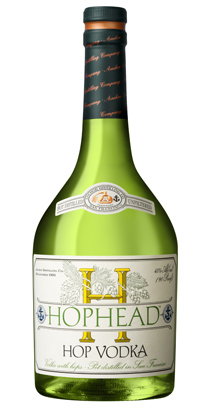

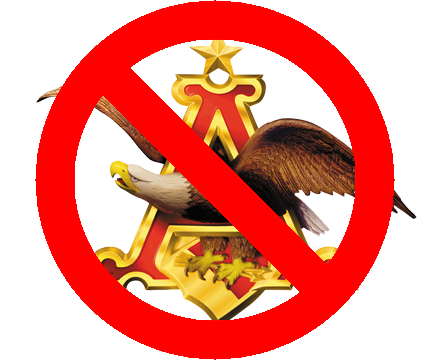

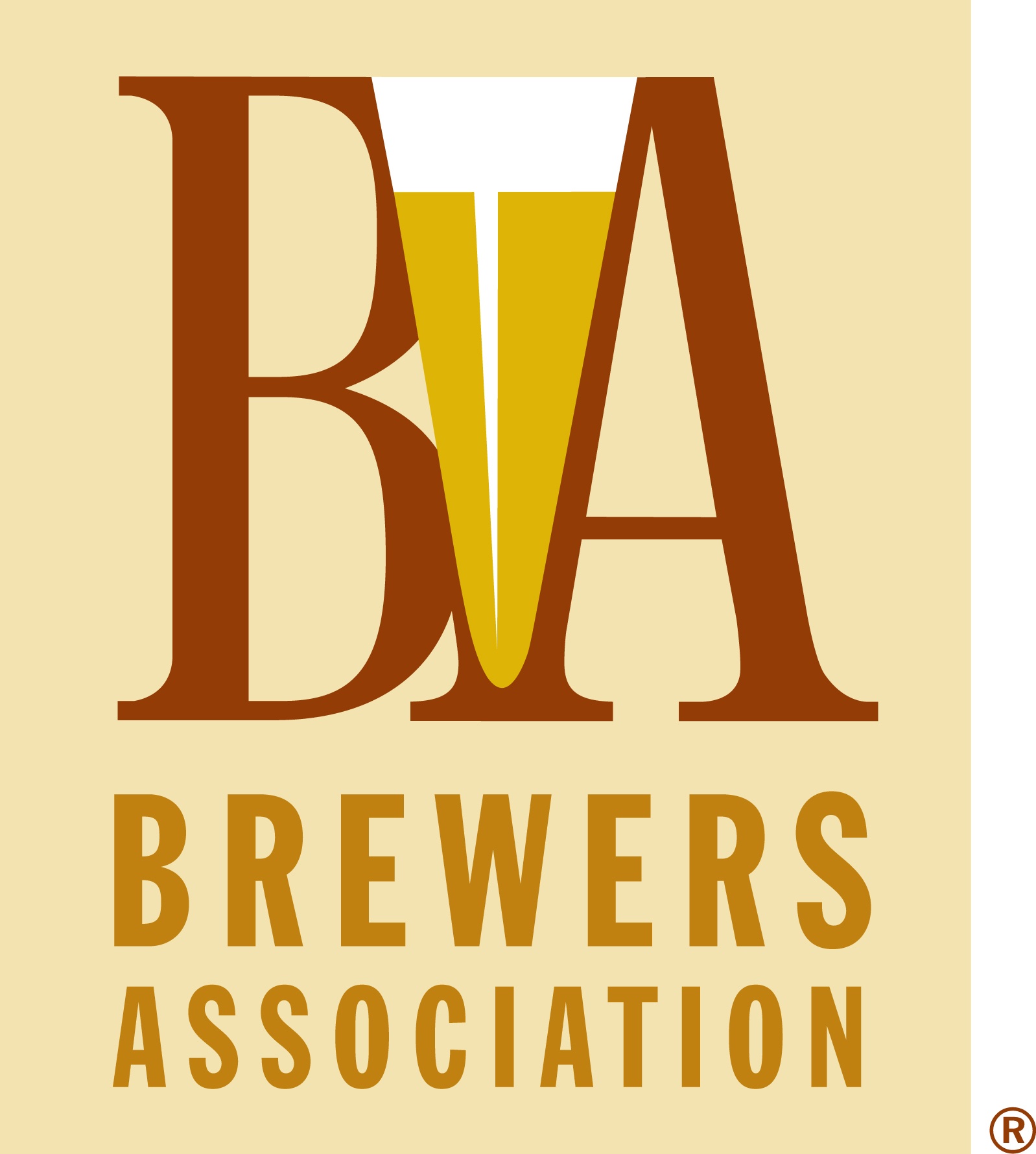





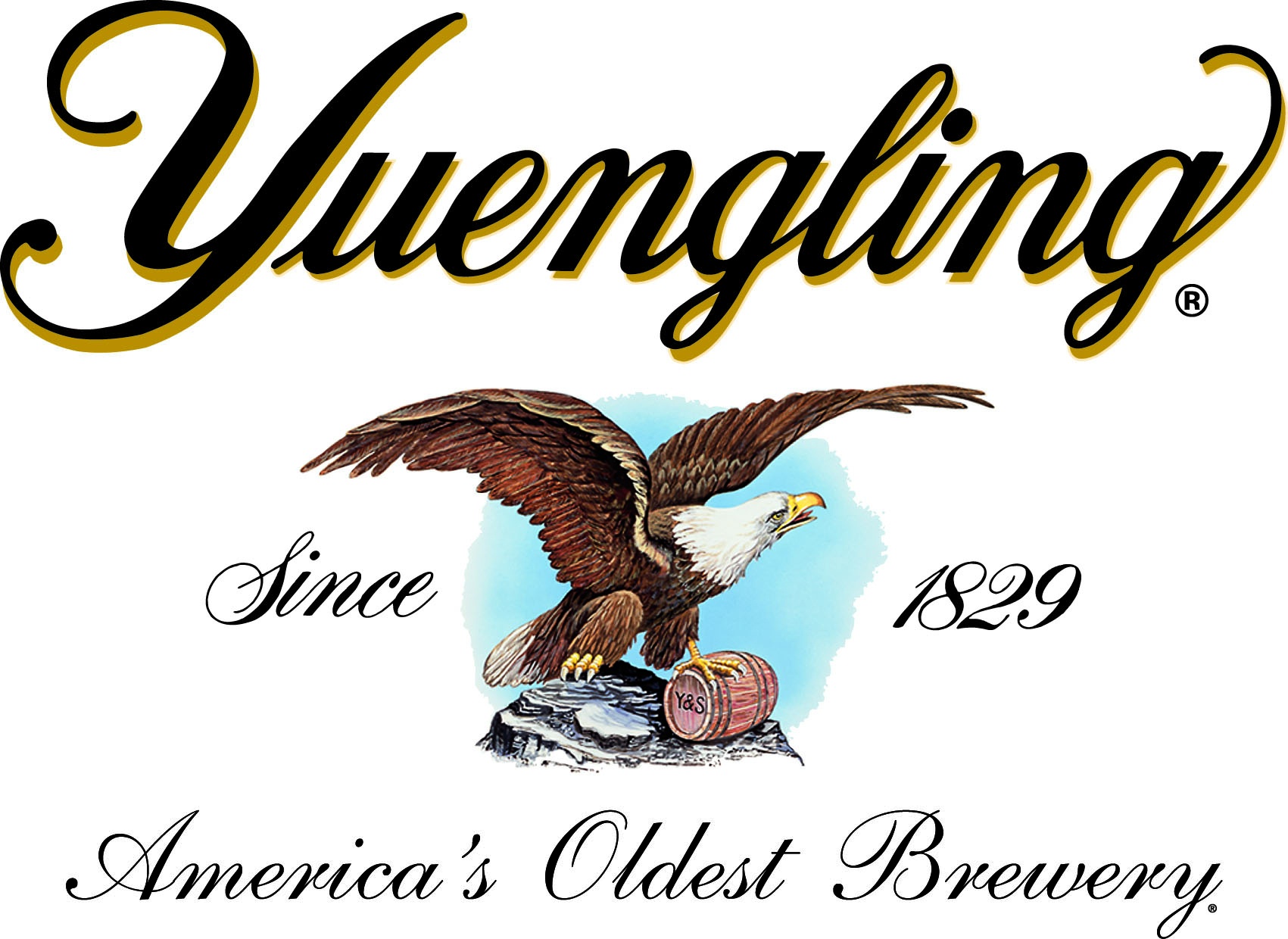

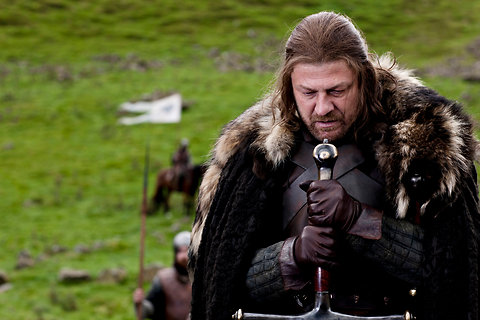

Follow Us!